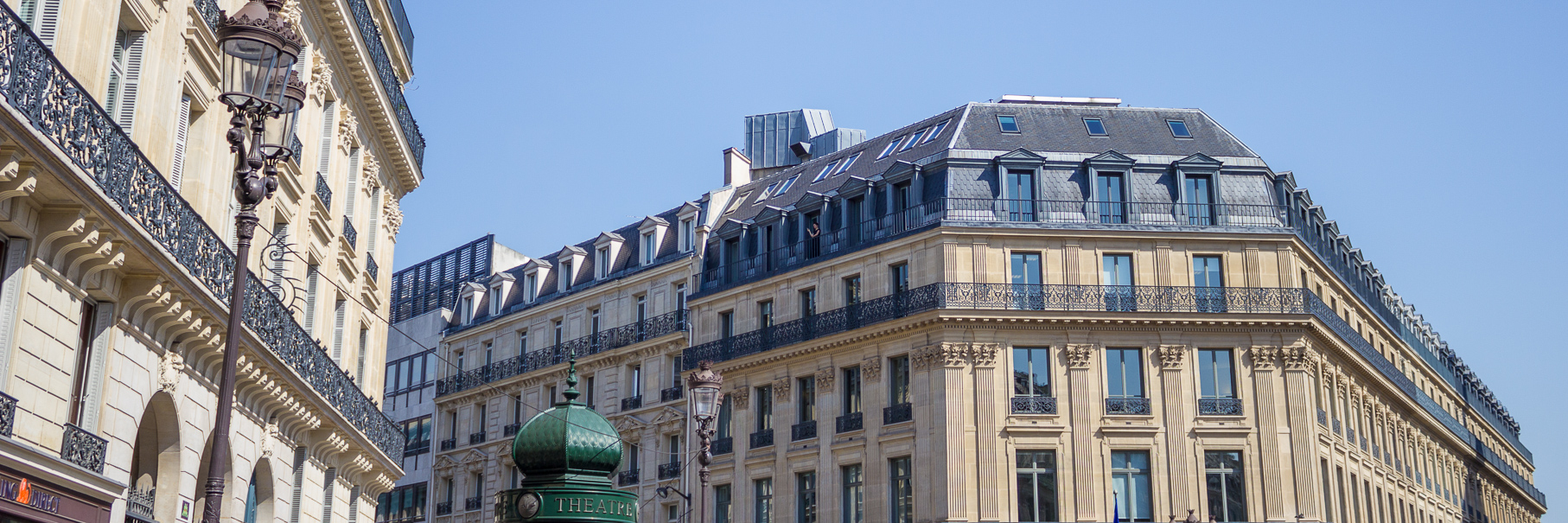The Seine once covered a large part of the 8th arrondissement. The gradual retreat of the river led to the emergence of vast marshlands. In the Middle Ages, the northern part of the marshes was drained to make way for cereal growing and later fruit and vegetable production. In the early 17th century, Marie de Médicis had a tree-lined alley built in line with the Tuileries garden, following an axis that enabled horses to go hunting in the Saint-Germain-en Laye forest. At Louis XIV’s request, gardener “Le Nôtre” extended this perspective towards the summit of the Butte de l’Etoile. This avenue would later become the Avenue des Champs-Elysées.
Louis XV was responsible for the magnificent square to the west of the Tuileries gardens: “Place Louis XV” was named after him, before being renamed “Place de la révolution” in 1792 and “Place de la Concorde” in 1795. It is linked by a bridge to the “Conseil des Cinq-Cent” (today’s “assemblée nationale”) in the 7th arrondissement. The Age of Enlightenment also saw the development of town planning, with sumptuous mansions and gardens. Among these was the Hôtel d’Evreux, built in 1720 and later renamed the “Hôtel de l’Elysée”, which became the residence of the French presidents in 1879.

 Choose an arrondissement
Choose an arrondissement










